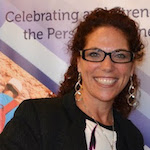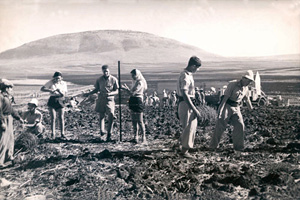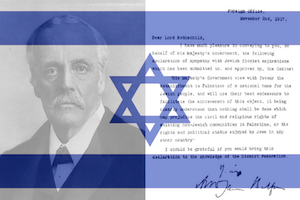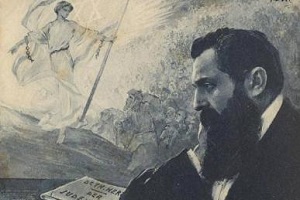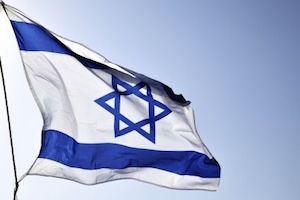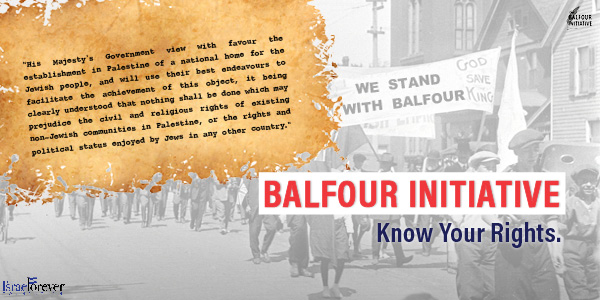Focsani Congress of 1882: Advancing Jewish Settlement in Our Ancestral Home
From the heart of Romania, in 1882, the first central committee for the settlement of the Land of Israel and Syria was established.
Few have heard of the Focșani Conference which was the essential launching point for Hovevei Zion (Lovers of Zion) to begin to transform the ancestral dream into action. But it was Romanian Jewry who first established the active associations to settle the Land of Israel by founding the Central Committee of the Society for the Colonization of Eretz Yisrael and by dispatching representatives to Eretz Israel to purchase land. In defiance of the Jew-hatred of their generation, these spirited Jews were heavily inspired by the Hovevei Zion movement which, by the end of 1881, had more than 30 chapters throughout Romania alone.
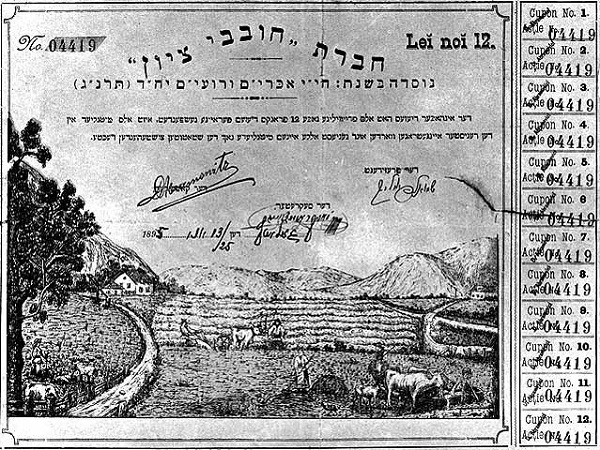
The convention named "Unions for the Agricultural Settlement of Israel" was held on January 11, and determined that the most efficient way for the solution of the Jewish problem in Romania would be immigration to Palestine and agricultural colonization. The congress set forth the organization of group aliyah via passenger ships that would eventually set sail from Galaţi harbor.
Held 16 years before the First Zionist Congress in Basel 1897, the congress, held in the Jewish Boys’ School in Focsani, was attended by 51 delegates, representing 32 organizations, two press editors, three newspaper reporters. This article, dated 11 January 2018, says:
Zionism was born this week, 135 years ago, in a provincial town in Romania.
On January 11, 1882, delegates from across the land arrived in Focșani for the first conference of activists promoting Jewish resettlement of the historical land of Israel.
The event had an enormous influence on Romanian Jews, and its proceedings also became known outside the borders of Romania. This was the first-ever convention that addressed the rights of the Jewish people to settle and develop their ancestral homeland.
In two waves of immigration - in 1880 and 1890 respectively those seeking to escape the deteriorating situation for Jews in Russia found an avenue for their hopes for freedom. The first wave was inspired by a dream, the second pushed forward by Jews being pushed out of business and trade, ostracized by the public especially in Moscow which was effectively cleansed of Jews for a period of time, and as a result of the official recognition if the Lovers of Zion, Hovevei Tzion, as a legitimate nationalist movement for Jewish self-determination by the Russian government in 1890.
Most are unaware of what became known as The First Aliyah, and most contemporary knowledge of the influx of Jews arriving to Palestine, Eretz Yisrael is related to the Aliyah Bet. But it was these first emigrants that laid the cornerstone for Jewish settlement in Israel - back in a time when “settlement” was the accurate term for the pioneering development of life and community building in the land.

Having come from Odessa, the Carpathian mountains, and the scattered shtetls of Galicia, the Jews arriving were met with conditions they had never experienced: desert heat, malaria-ridden swamplands, and severe financial challenges. They learned farming by working the land, and through actively building their own knowledge base on how to make the desert bloom - a first era of the innovation nation. When JNF was founded in 1901 at the 5th Zionist Congress, the vision of these same early settlers was given a huge leap forward by the influx of support - both financial and spiritual - toward the fostering of new Jewish life in the homeland.
From the words of one of the first arrivals, Vladimir (Ze'ev) Dubnow, to his brother, the historian Simon Dubnow, in October 1882: "The ultimate goal ... is, in time, to take over the Land of Israel and to restore to the Jews the political independence they have been deprived of for these two thousand years .... The Jews will yet arise and, arms in hand (if need be), declare that they are the masters of their ancient homeland."
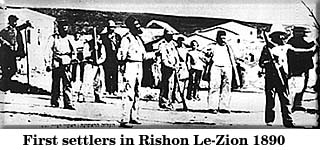
These young pioneers succeeded in creating several settlements whose names are famous today as major towns in the modern state of Israel: Rishon LeZion, Rosh Pinna, Zikhron Ya'akov, Gedera Petach Tikva, Neve Tzedek and Neve Shalom - the first neighborhoods of what would become known as Tel Aviv that was officially founded only after the Second Aliyah in the early 1900s. In all the years since then, and particularly after the establishment of the State of Israel, the aliyah of Romanian Jewry has made an enormous contribution to the establishment and consolidation of the State of Israel as a modern state, with impressive achievements in technology, medicine, culture, and art.
Many of the BILU as these first olim were known - Beit Yisrael Lechu U’nelcha, House of Israel arise and we will go - returned to their countries of origin when faced with the incredible hardships of building Israel, but the legacy of their determination remains an inspiration to us all.
Recommended for you:
Jewish rights to our ancestral homeland are unassailable.
Learn more about the history of international recognition of our rights to our homeland.
About the Author
